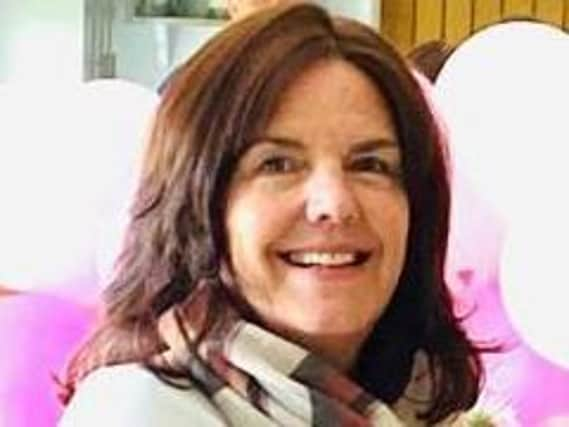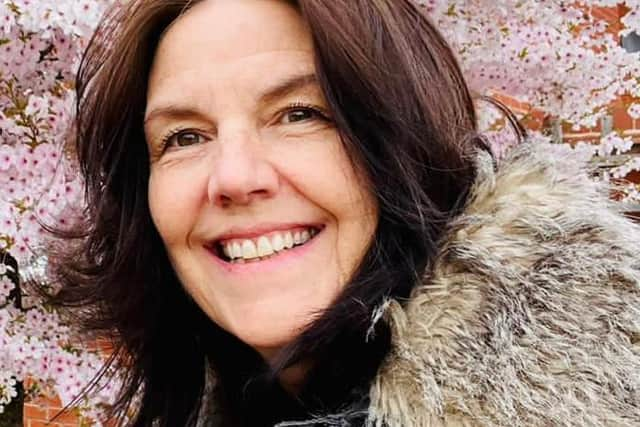"I used to go to the gym, now I can't even dress myself.." Northampton woman's tale of living with osteoporosis


A Duston woman has shared her story of battling osteoporosis in a bid to raise awareness of the crippling chronic illness.
Karen Faulkner was transformed from a regular gym-goer with a full-time job to being unable to work, eat with a knife and fork or dress herself.
Advertisement
Hide AdAdvertisement
Hide AdAs many 3.5million people in the UK are believed to suffer from osteoporosis, which causes bones to lose strength and break more easily. .


Fractures caused by osteoporosis can be painful, impact daily life, reduce independence and sometimes lead to life-changing disability.
Karen, 61, shared her story as the Royal Osteoporosis Society (ROS) called for "urgent change" around radiology referrals.
She said: “Last year, I suffered nine spinal fractures caused by osteoporosis in just ten months.
Advertisement
Hide AdAdvertisement
Hide Ad“One led to another which led to another. At one point I was unable to walk. I couldn’t even lean forward to use a knife and fork. I couldn’t wash and dress myself.
“I’m four inches shorter due to the spinal fractures and I'm in significant pain. My whole mid-section, lungs and stomach are squashed. Everything about it is horrible.”
More than one in 10 women over the age of 50 have one or more spinal fractures, rising to one in five in the over 70s.
Yet spinal fractures are often dismissed as an inevitable part of ageing and two-thirds go undiagnosed – meaning 2.2million people are slipping through the net and are at risk of further injuries.
Advertisement
Hide AdAdvertisement
Hide AdKaren, who has worked in financial services for more than 35 years, added: “Before being diagnosed with osteoporosis, I considered myself fit and healthy. I had a busy, full time job in a bank which I loved.
“I took care of myself, went to the gym three times a week and had a busy social life.
“But life has changed so much due to spinal fractures. I haven’t been able to work in over a year.
“I’m taking osteoporosis treatment which helps to protect me from further fractures. I’ve had two operations - one in September 2020 and another March 2021 - involving kyphoplasty, which is when a cement is injected into the spinal bones.
Advertisement
Hide AdAdvertisement
Hide Ad“I’m also taking pain relief medication, and that combined with physiotherapy means I am slowly getting better, but I still can’t walk or stand for more than about 15 minutes.
“I wish that I could have known earlier that my bones were getting weaker so that I could have done something about it. None of us know what’s going on with our bones until they start to break.”
A new ROS report revealed crucial opportunities to prevent further spinal fractures are being missed as fewer than six per cent of cases are recommended for further investigation.
ROS chief executive Craig Jones said: “Broken bones in the spine can be severe and painful in themselves, but they are also red flags for increasingly severe problems, including the devastating hip fracture.
Advertisement
Hide AdAdvertisement
Hide Ad“This report shows that a simple process gap is preventing millions of people from getting the diagnosis they need.
“Bone-strengthening medication is safe, effective and highly affordable for the NHS, but without a diagnosis, 2.2m of us are being left unprotected, storing up severe problems for the future.”